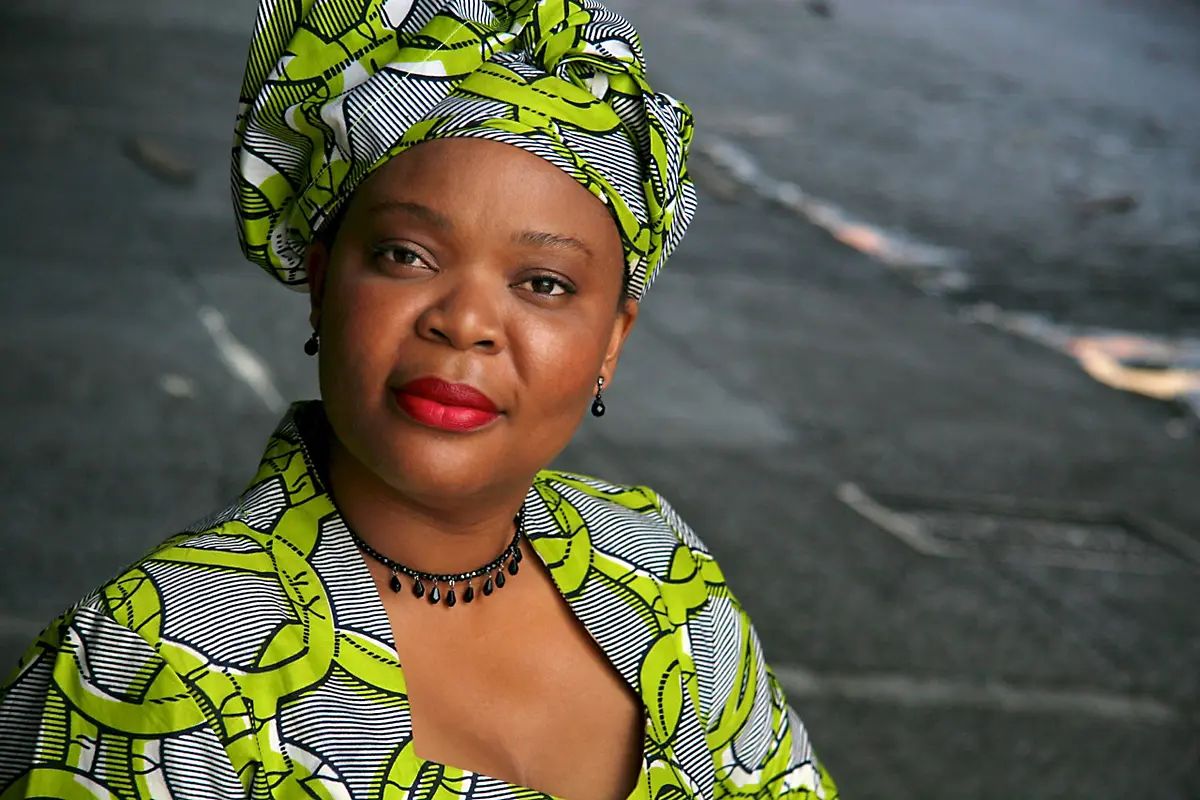As
per the usual, my understanding of my group’s exploratory has changed after our
class discussion. While composing the map, my group was excited. The
intertextual, contextual, and transtextual framework seemed relatively
straightforward, and we envisioned a layered map that readers could navigate
through in different ways. However, it was during our class when I realized
that we never used the map to argue for the presence of indigeneity in Gbowee’s
Nobel lecture. Presumably noting the speaker’s indigeneity is not sufficient,
but how could we truly delve into Gbowee’s transtextual influences as outside
readers? We noted several more obvious or explicit references to the Bible,
Martin Luther King, Jr. and the women of the Congo, but how many more did we
miss?
The intertextual mapping was the
most straightforward. Using frequency as our metric and basing our map on
several of the examples provided us a way to enter into the text and create an
inductive theoretical framework for reading Gbowee’s key concepts and themes. Reflecting
on these sections now, we could make an argument for the indigeneity of Gbowee’s
speech based on her key concepts. As Stephanie notes in her blog post, “I
believe Ms. Gbowee was attempting to, by combining the discourse communities of
(1) women; and (2) those working toward nonviolent resistance in the face of
atrocious violence, was calling her sisters to create a new global,
inter-culture discourse community.” Gbowee was addressing concerns from a
position of indigeneity, but she was also trying to move towards coalition
building across nations and discourse communities.
Our contextual map was intended to
serve multiple purposes. On one hand, the video of the speech would allow viewers
to gain a sense of the immediate context surrounding the document, noting the
differences in intonation, volume, and inflection that a print document simply
lacks. The video, with its visual and oral components, has semiotic meaning beyond
the text of the speech. Next, we wanted to contexualize the speech for our
(presumably Western) audience. The hypertext speech includes both links to the
organizations, events, and so on that Gbowee mentions and similar concepts
within contemporary Western media. This map serves to increase a reader’s
understanding of the text, but also make the reader more aware of the
conflicting ideas and conflict that he or she brings into any reading. For this
reason, some of our links are more closely tied to circulation.
Discourse
circulates, of that I’m certain. Ideas don’t exist within a vacuum, but are
rather informed by contexts and ideologies. And yet these ideologies and influences are
incredibly difficult to map. (Unless you’re using the hyperbolized and sensationalized
rhetoric of say, Donald Trump, as an example. His ideological influences are
far more explicit.) We experienced this difficulty of mapping in our
transtextual map—to a certain extent, we weren’t able to precisely pinpoint
what had influenced Gbowee, and so we settled for an overview of historical
conflict in Liberia that Gbowee was certainly responding to. How do we
meaningfully engage across differences in a world shaped by colonialism? Are we
able to be “together-in-difference” as Mao advocates for, or is the most we can
do simply acknowledge our own transtextual influences and, as Royster argues,
learn to become better listeners?

No comments:
Post a Comment
Note: Only a member of this blog may post a comment.